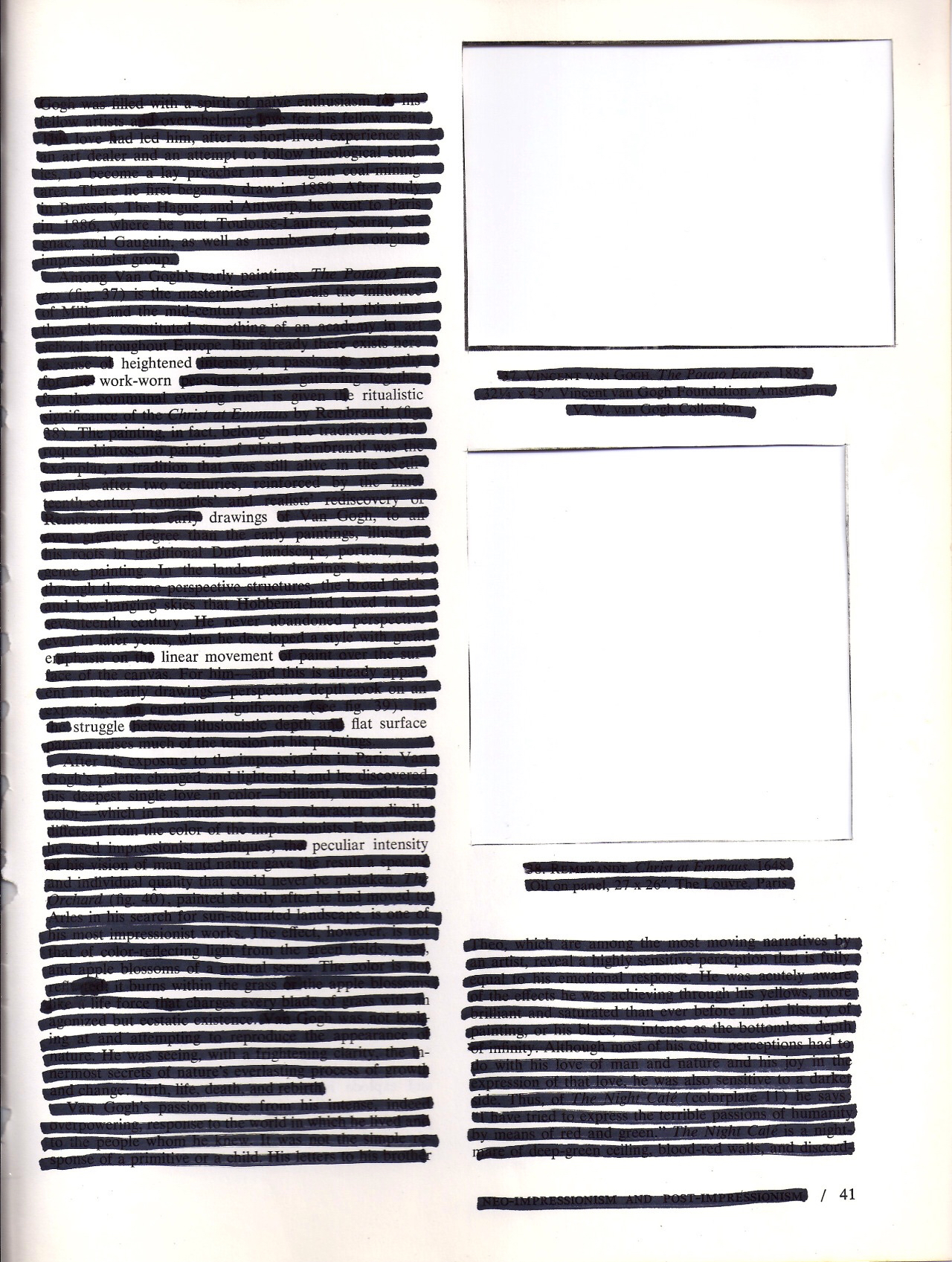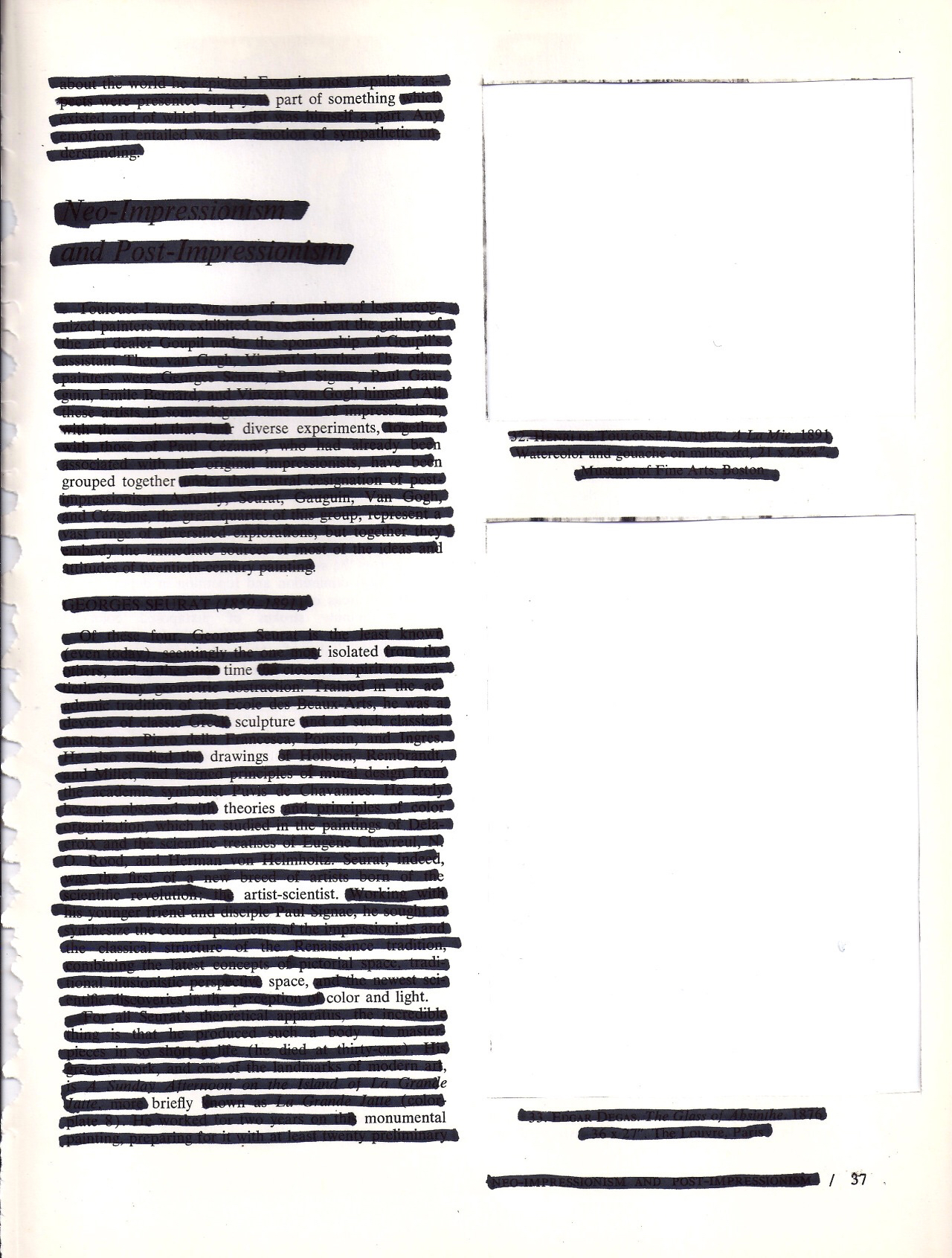an endless snarl of words
“Endless snarls of words, sometimes twisting into meaning, sometimes into nothing at all, frequently breaking apart, always branching off into other pieces I’d come across later—on old napkins, the tattered edges of an envelope, once even on the back of a postage stamp; everything and anything but empty; each fragment completely covered with the creep of years and years of ink pronouncements; layered, crossed out, amended; handwritten, typed; legible, illegible; impenetrable, lucid; torn, stained, scotch taped; some bits crisp and clean, others faded, burnt or folded and unfolded so many times the creases have obliterated whole passages of god knows what—sense? truth? deceit? a legacy of prophecy or lunacy or nothing of the kind?, and in the end achieving, designating, describing recreating—find your own words; I have no more; or plenty more but why? And all to tell—what?”
obsession
We all have our routines and find a degree of comfort in these sets of cyclically repeated actions. In our daily life, time appears to pass at a normal pace and we use markers like the start of the workday, weekends, meals, waking and sleeping times gauge the rhythm of things. The alarm goes off and we walk dutifully across the floor to the shower before dressing for the day. We eat our breakfasts, check our phones, read status updates, glance at the headlines and drink our coffee. This matrix of scripted actions provides a structure and sameness to the chaos that accompanies each new day— they function as a set of fixed points, moorings in the flow of time. For some, other rituals emerge, become more rigid, layered, complex or compulsive and insistent. At the outset of this project I intended to interrogate the pathology of obsession, its symptoms, its history as a diagnosis and its relation to my life, and examine its potential origins in childhood trauma.
Through my research I learned that specific content of obsessions can be influenced by events that occur in a person's life, and this can be seen in cross-cultural studies of OCD. These studies reveal that those who have suffered trauma or endured stressful life events before the onset of OCD are more likely to experience compulsions. This phenomenon is often assumed to be an attempt to impose a degree of order in a world previously and increasingly filled with unpredictability. “Although negative life events, such as a psychological trauma, can be the catalyst for the onset of the disorder, psychological exploration of these events is not curative for OCD.”
In pathological terms, obsession centers around a compulsive or irrational preoccupation, often viewed as an unhealthy fixation on a single idea or idée fixe. The German psychiatrist Karl Westphal defined obsession as “thoughts which come to the foreground of consciousness in spite of and contrary to the will of the patient, and which he is unable to suppress although he recognizes them as abnormal and not characteristic of himself.” Clinically obsession is linked to Obsessive–compulsive disorder, OCD, and Obsessive–compulsive personality disorder, OCPD. In each of these conditions, obsession is joined by disorder, casting the term as the cause and definition of an ailment. Through its constant association with disorder in clinical circles, obsession is discussed in terms of disruption, distraction, confusion, randomness and abnormality that leaves little room for alternative manifestations of obsession. Therapy culture and clinical terms define away the possibility of obsession as a positive or desirable force in one’s life.
Conversely, casual uses of the word obsession have been steadily increasing. In everyday language, obsession is used to refer to our binge-watching habits, passing intense interests and trendy habits. A quick Google search reveals headlines like: 23 Things You'll Only Understand If You're Low-Key Obsessed With MAC Lipstick, 6 reasons why we're obsessed with 'This is us', The Science Behind Why We're So Obsessed With Bacon, or the VOX article that explores the idea that America is obsessed with happiness. Each of these, and many more just like them, cast obsession as little more than an intense, yet passing, time-syphoning diversion or distraction that comes and goes like a storm in March .
In her 2005 book, Monomania, the flight from everyday life in literature and art, Marina van Zuylen makes a case for a return to an alternate term for obsession: monomania. By definition, monomania refers to an exaggerated or obsessive enthusiasm for, or preoccupation with, one thing and, as a term, was conceived as single pathological preoccupation in an otherwise sound mind. Van Zuylen suggests that the word monomania transcends the contemporary and pathological weight of terms like obsession or compulsion, illuminating instead aspects of single mindedness that hinge upon an ‘intensity of purpose’, ritual, repetition and “a religiosity of spirit” that is not solely driven by fear or simple fixation. Van Zuylen’s book proposes monomania as an antidote to the increasingly alienating rhythms of modernity. Despite its cleaner, elevated meaning and Van Zuylen’s recent use of it, the term monomania has no currency in contemporary culture.
I am not a scientist; I am an artist. It is from this vantage point that I work, make, research and write. However, the rigors of a contemporary art practice and those of the scientific method are not as different as one might think. According to Luis Camnitzer the ‘real work’ of a contemporary artist is not wholly bound up in the object or event produced and instead resides in the practice and labor of its creation.
“Art thinking is much more than art: it is a meta-discipline that is there to help expand the limits of other forms of thinking. Though it’s something as autonomous as logic might be, and though it can be studied as an enclosed entity, its importance lies in what it does to the rest of the acquisition of knowledge. With a little pomposity I like to say that science is a mere subcategory of art. Science is generally bound by logic, sequencing, and experimentation with repeatable and provable results. Mostly it presumes that there is something knowable out there that can be instrumentalized and represented. Art is all of that, plus the opposite. It stays in both modes simultaneously. It creates itself while it allows the play with taxonomies, the making of illegal and subversive connections, the creation of alternative systems of order, the defiance of known systems, and the critical thinking and feeling of everything.”
With my experiences, one of my favorite books (there will be a whole post dedicated to this later) and a bit of research butressing me, I am proposing a new signiconic version of this term,
obsession
, that defines a phenomenological time-space, a storm of attention, an antidote to the increasingly polychromic experiences of our present and a means of agency production in contemporary art practice.
Obsession
, in deep pink and marked, run through with a line —— the trace of a negating thought across its letters like a scar— marks a new definition upon this term that brings with it the weight, risk, power and therefore surrender bound up in our contemporary understanding of it. On these pages I present
obsession
under erasure, sous rature. The term sous rature is the name given to a strategic philosophical device originally developed by Martin Heidegger and extensively employed by Jacques Derrida. Sous rature involves crossing out of a given word within a text, but allowing it to remain legible and in place. When a reader is confronted with a word under erasure, it is an indicator that a particular signifier is inaccurate, incomplete and not wholly suitable for the concept it represents, but must be used as the constraints of our language offer nothing better. To write under erasure is to write a word, cross it out, and then print both word and deletion. For Derrida, sous rature offered the possibility of a discourse which borrows from a given signifier the elements necessary for both its deconstruction and subsequent reconstruction.
On this website and in all writing exploring these ideas,
obsession
will be used to visually signify this redefinition— its hue chromatically distancing it from black-clad-obsession, its shocking pink proclaiming its place in the present, its appearance anticipating and pulling a readers attention, mirroring
obsession's
pull. Negating the most superficial connotations or trivial associations of its contemporary usage, this new form of
obsession
distances itself from the negative clinical connotations of a disorder— aligning it instead with aspects of last century’s monomania while claiming the dissonance suggested by such a negation. Struck through, the term becomes porous, maintaining degrees of its clinical, pathological weight addressing the “fixity and concentration of ideas” necessary for producing a sense of artistic agency in an art world where anything goes and the word art artificially privileges anything produced in its name from the moments of its inception. This typographical expression and definition for
obsession
seeks to identify this term as a site of flux within a text, where its use suggests an intentional negation, a self-undermining, blurred and paradoxical relationship between obsession’s roots, its common usage and its proposed re-definition as a catalyst in contemporary art practice. Further, it is my assertion that
obsession
functions as a respite from our current, polychromic and fragmented experiences of time. When fused with art-thinking,
obsession's
tidal gravity and insistent, recurrent thoughts function as catalyzing and empowering force. In the context of a contemporary art practice
obsession
is capapble of fostering “a real aesthetic movement, one that is biographical, autobiographical, personal — the art of the first person.”
connections
In these few pages (above), the seeds for my current body of work were unearthed— they didn't come at the beginning, they were found after the work had developed. These kinds of drawings, a personalization of some DaDaist game are a regular part of my practice. They are a way for me to escape my own language and patterns when describing or thinking about my own work. They are a tool that pushes me away from jargon and towards poetry by using words and sentence fragments found in the collected words of someone else in service of something else. This is a spontaneous practice that unbinds my thinking and allows me to see things through new eyes. Language is a tricky thing, first, it frames our thoughts and before long the words become the thoughts. This ongoing series is called: in others words (2013-present).







